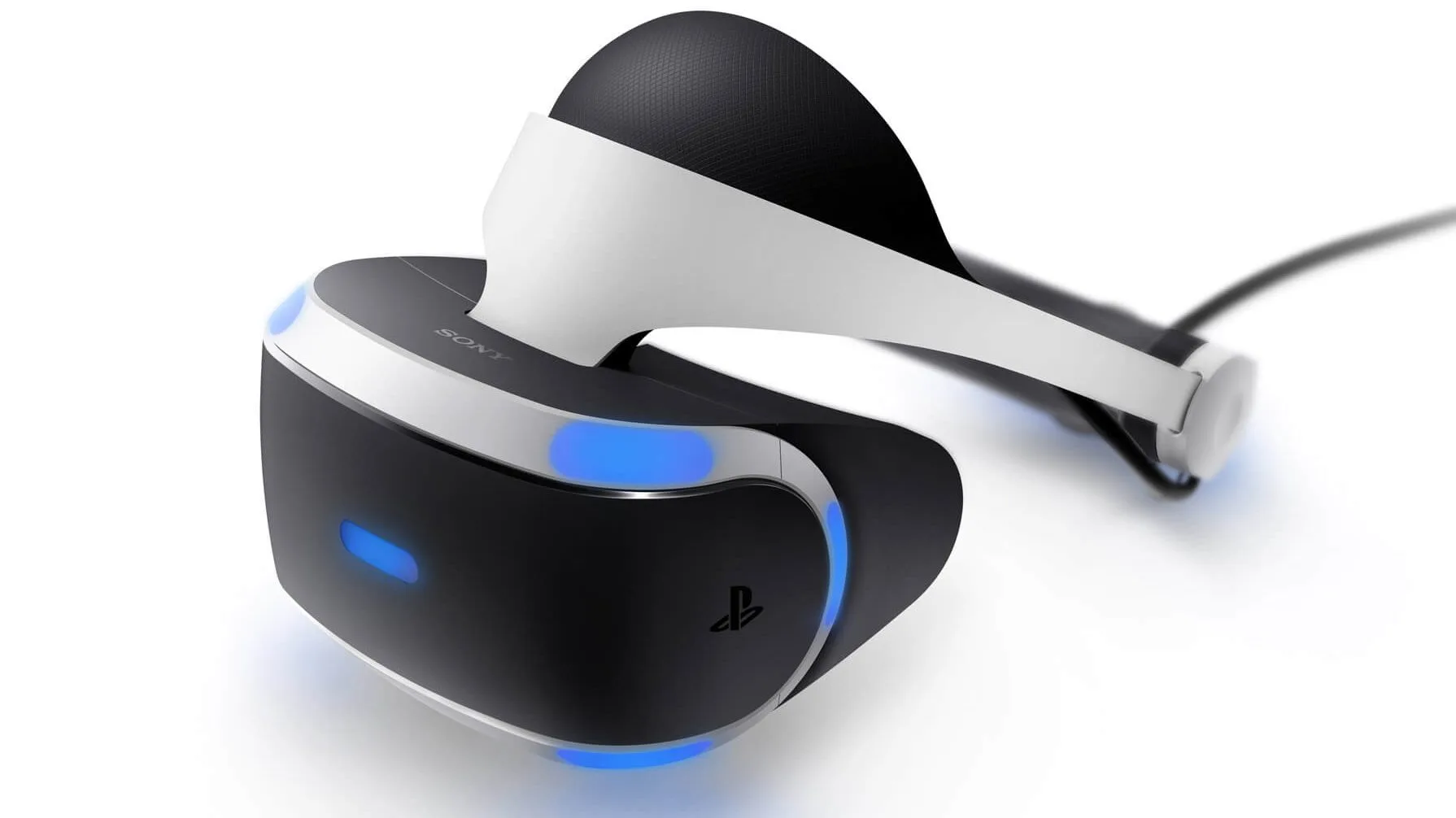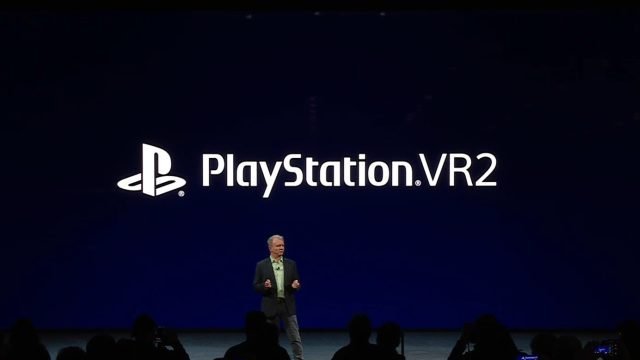Sony appeared at CES 2022 to properly introduce their upcoming PSVR 2 headset and go into some of the finer details that players have been waiting to hear since the headset was first teased last year. Now that we have the tech specs for the headset, what changes are Sony making when compared to the first PSVR headset, and is PSVR 2 really worth the upgrade?
PSVR vs. PSVR 2: What are Their Specifications?
PSVR 2
| Display method | OLED |
| Panel resolution | 2000 x 2040 per eye |
| Panel refresh rate | 90Hz, 120Hz |
| Lens separation | Adjustable |
| Field of View | Approx. 110 degrees |
| Sensors | Motion Sensor: Six-axis motion sensing system (three-axis gyroscope, three-axis accelerometer) Attachment Sensor: IR Proximity sensor |
| Cameras | 4 cameras for headset and controller trackingIR camera for eye tracking per eye |
| Feedback | Vibration on headset |
| Communication with PS5 | USB Type-C® |
| Audio | Input: Built-in microphoneOutput: Stereo headphone jack |
PSVR
| Display method | OLED |
| Display Size | 5.7 inches |
| Panel resolution | 1920 x RGB x 1080 (960 x RGB x 1080) |
| Panel refresh rate | 90Hz, 120Hz |
| Field of View | Approx. 100 degrees |
| Microphone | Integrated |
| Sensors | Accelerometer, gyroscope |
| Connection | HDMI, USB |
What are the Main Differences Between PSVR and PSVR 2?
PSVR 2 will offer a noticeable upgrade in visual quality. PSVR 2 will display a resolution of 2000×2040 per eye as opposed to the 960 x 1080 resolution per eye for the PSVR. This means PSVR 2 players will be able to experience 4K HDR as opposed to the more pixelated standard definition resolution of the PSVR headset.
The field of view has also increased to approximately 110 degrees in PSVR 2 from 100 degrees in PSVR, although that doesn’t state in which direction. To put that in perspective, a normal human field of view is around 210 x 150 degrees. The wider the field of view, the more likely you feel immersed in the game’s environment and not like you’re looking at it through a lens.
The PSVR 2 headset now has a six-axis motion sensing system that includes a three-axis gyroscope and a three-axis accelerometer. There’s also an IR Proximity sensor. While the PSVR headset also had a gyroscope and accelerometer, the increased number of sensors will allow for better tracking and feedback.
PSVR tracked the Move controllers through an external camera placed under or over the TV. PSVR 2 will now use four integrated cameras to track the movement of the new PSVR 2 Sense controllers and the headset itself, meaning there will no longer be a need to have an external camera. Players’ movement will also be made easier now the PSVR 2 will have a single cable from console to headset rather than the multiple cables of the PSVR, plus the PSVR 2 will be far easier to set up.
What Has Sony Added to the PSVR2?
While the OLED display and the 90/120Hz refresh rate is the same for both headsets, the PSVR 2 also adds foveated rendering thanks to the headset’s two IR cameras for tracking each eye. This reduces the quality of the image in the player’s peripheral vision. While this sounds exactly the opposite of a great picture, it vastly reduces the amount of work the headset has to do when rendering a moving image and results in an improved experience. Eye tracking also means “a simple look in a specific direction can create an additional input for the game character” so players can “interact more intuitively in new and lifelike ways”.
Another big upgrade is the introduction of sense technology in PSVR 2, something the PSVR headset did not have. While we don’t have the exact specs for this, we do know that a combination of Tempest 3D AudioTech, eye tracking, and headset feedback will combine with the new PSVR 2 Sense controller to increase immersion. Headset feedback will use a single in-built motor to create vibrations that will add a tactile element to the experience, such as when a player character’s pulse increases during tense moments.
Is It Worth Upgrading from PSVR to PSVR 2?

In terms of technological advancement, yes the PSVR 2 headset is worth an upgrade. It’s uncertain whether the headset will offer any kind of visual boost for existing PSVR games like the PS5 console does for PS4 titles, but the increased visual fidelity and new feedback features that will be implemented into games like the PSVR 2 exclusive Horizon Call of the Mountain will be worth the upgrade for many players.
Other factors that will surely affect whether players upgrade will be the price of the PSVR 2 headset, its availability, and the lineup of titles that will launch with it. For some people, perhaps even what the headset will look likeHopefully, we won’t have to wait too long before any of these factors are revealed.








